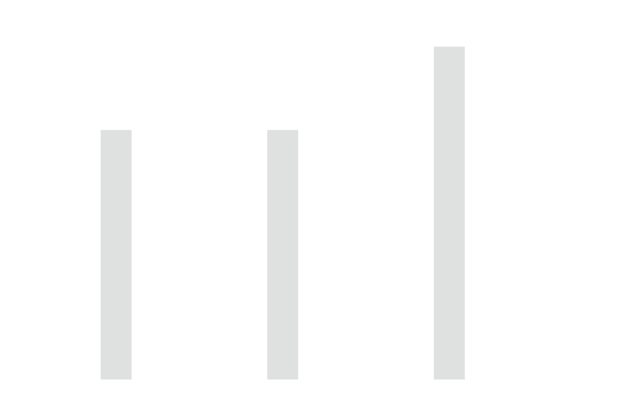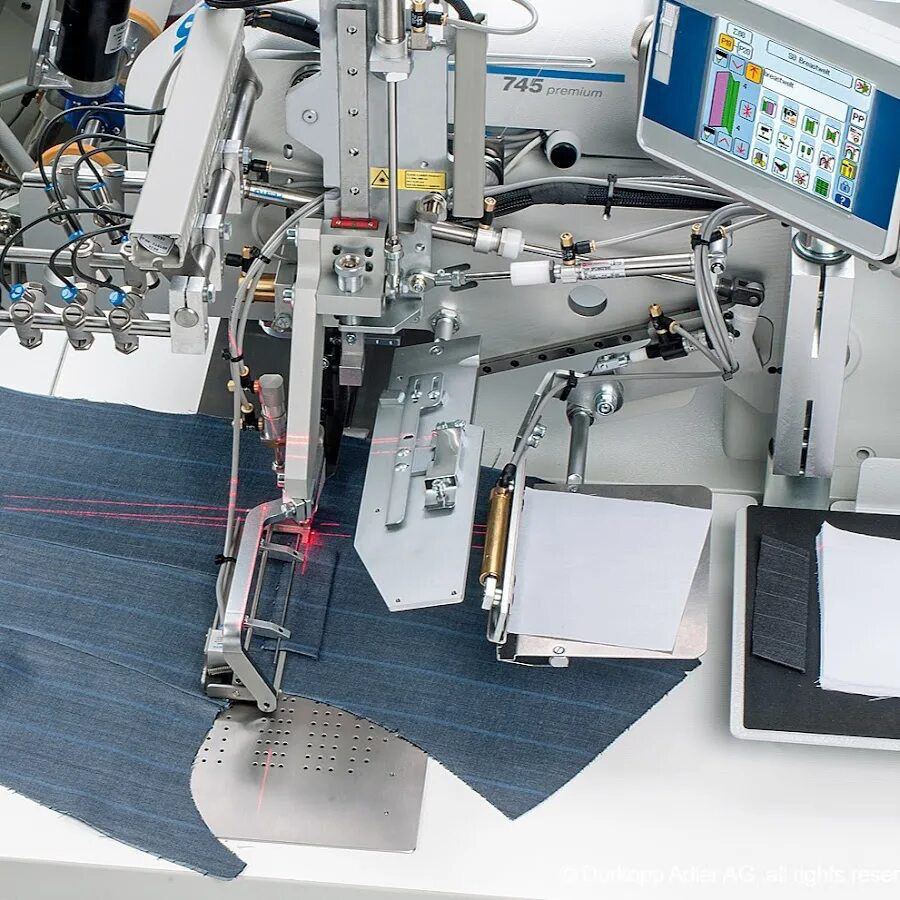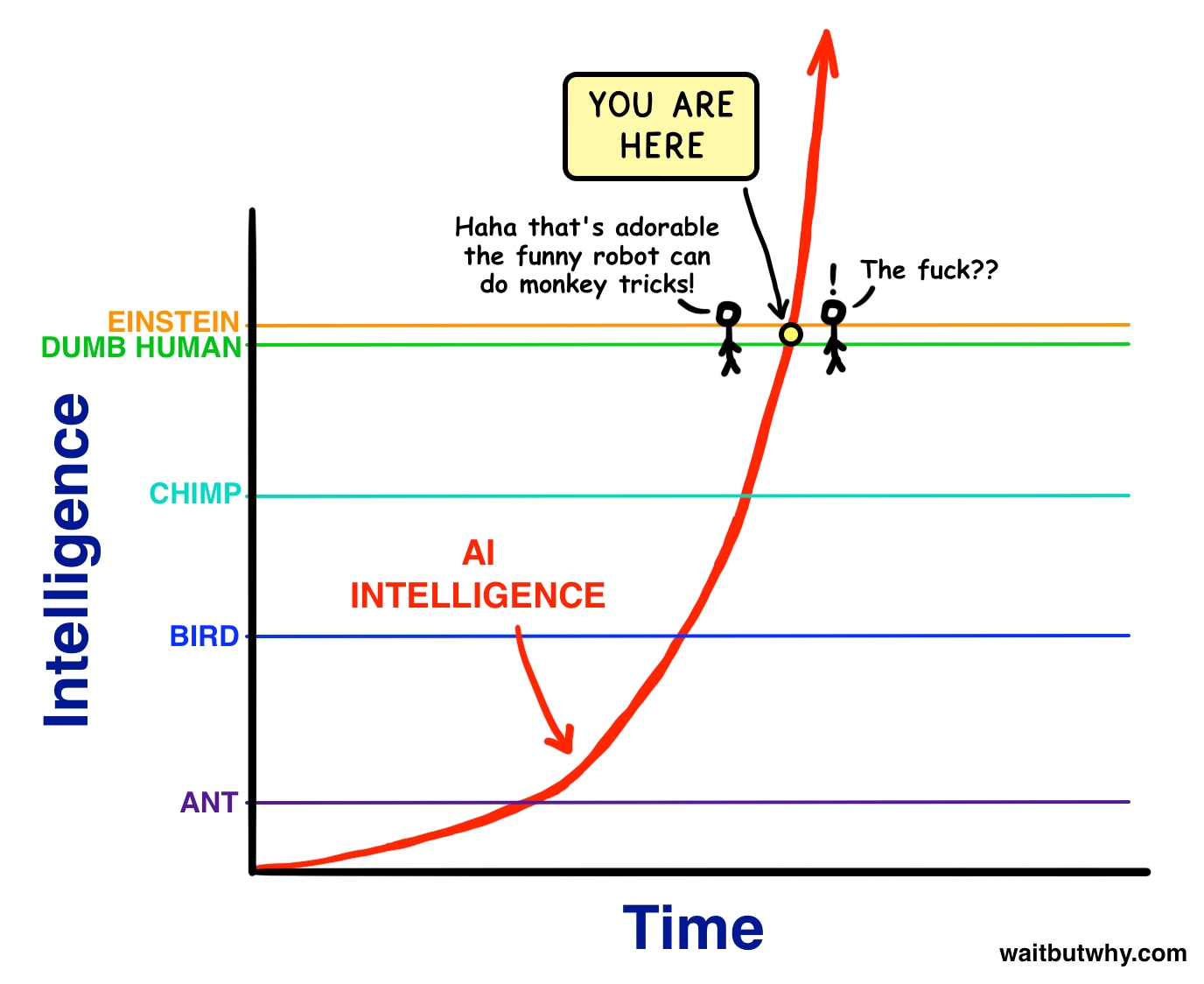Back
Poosarla Sai Karthik
Tech guy with a busi... • 23d
Physical AI Isn’t Coming. It’s Here The shift we’ve been speculating about the rise of Physical AI isn’t some far-off vision. It’s already underway. What we’re seeing isn’t just better robots, but a leap into embodied intelligence operating in real-world, messy, unpredictable environments. No Code Robotics: The Barrier Just Got Obliterated The biggest breakthrough? Robot training is getting democratized. We’re seeing tools that let non-engineers teach robots through demonstration. No lines of code, just action and imitation. Think of it as a no-code layer for physical systems. This doesn’t just accelerate deployment, it opens the floodgates for new use cases well beyond the factory floor. Cities as Testbeds: Robots in Human Infrastructure Now look at urban integration. Delivery bots in Shenzhen riding the subway aren’t a gimmick. They’re proof that autonomous systems can navigate and collaborate with complex human infrastructure. This is key. Robots won’t live in silos. They’ll operate as interoperable nodes inside the systems we already use. Human plus Robot: The Merge Is Happening We’re also crossing the threshold from robots as tools to robots as teammates. Exosuits are augmenting human physiology. Robotic arms are evolving from fixed tasks to general-purpose interaction, like those gecko-inspired grippers used in space missions. Even the robot chef isn’t just a curiosity. It’s a real-world sandbox for adaptive, domestic-scale collaboration between humans and machines. The Real Paradigm Shift: Decentralized Physical AI (DePAI) Here’s where it gets wild and revolutionary. Picture not just a fleet of robots, but a swarm of autonomous agents running on a distributed ledger. These aren’t centrally controlled units. They operate with unique digital identities, self-organizing, trading resources, negotiating tasks, and verifying execution through smart contracts on chain. Call it a Robot DAO. Now we’re talking about a self-governing, resilient, decentralized mesh network of physical agents. It could disrupt everything from logistics to urban resource flows to hyperlocal manufacturing. No central bottlenecks. No single points of failure. Just emergent coordination, transparency, and systemic intelligence. From Intelligence to Infrastructure This isn’t just the next chapter in AI. It’s a full rewrite of how physical systems are built, managed, and evolved. When robotics, intelligence, and distributed systems collide, what you get isn’t just autonomy. You get a new kind of infrastructure.
More like this
Recommendations from Medial
TREND talks
History always repea... • 8m
🗣 Over 10% of the workforce in South Korea is made up of robots, making the country a global leader in this area. According to analysts, for every 10,000 employees, there are 1,012 industrial robots. The number of robots increases by an average o
See More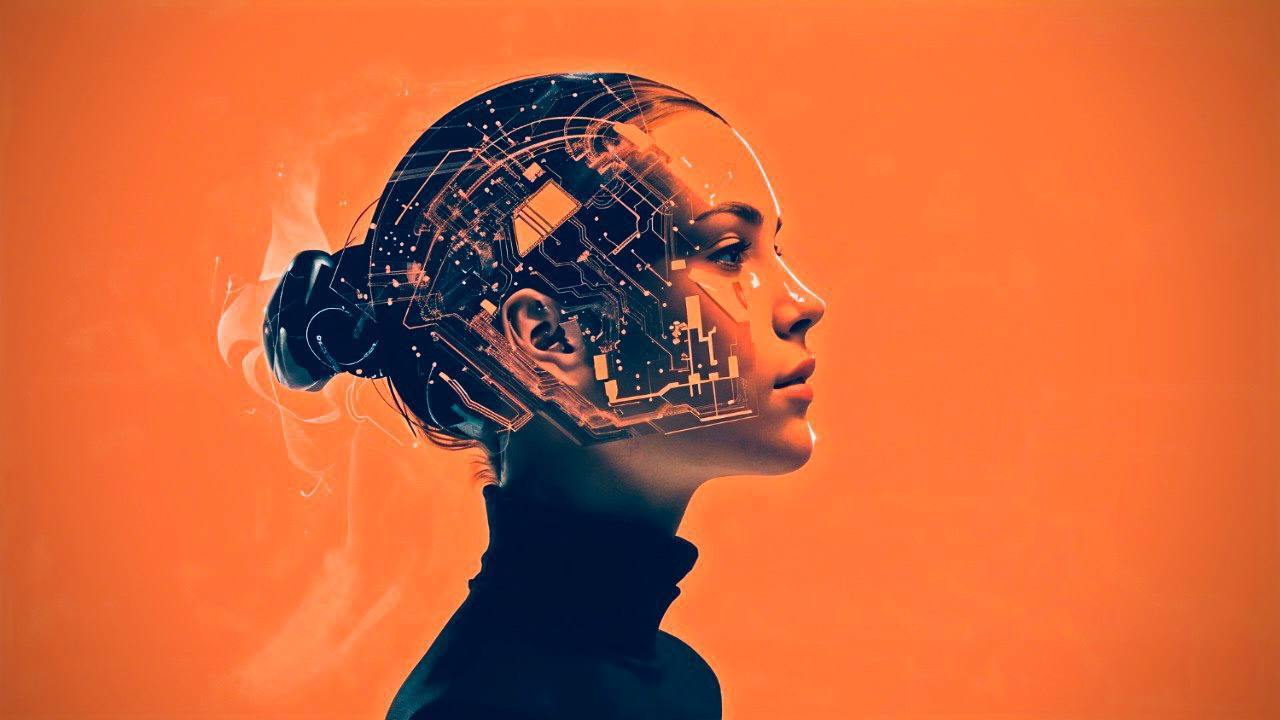
Tanzeem Mallick
Expanding Possibilit... • 4m
The Future of Intelligence is Unfolding Forget traditional AI—Universal Intelligent System is built on: 🔹 Self-Creating Codebase – AI that writes and restructures itself 🔹 Multi-Dimensional Learning Field – Learns across realities, beyond hu
See MoreTREND talks
History always repea... • 7m
🚀 New Age Startup Part — 3 📊 👫 Human-Like Robot Butler 👨💻 Polish startup Clone is developing Clone Alpha, a humanoid robot designed to mimic the human body with an artificial musculoskeletal system. They’ve already built a torso, legs are co
See More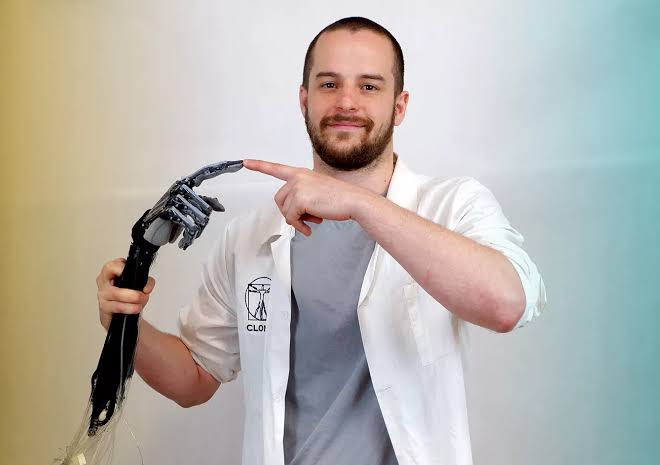
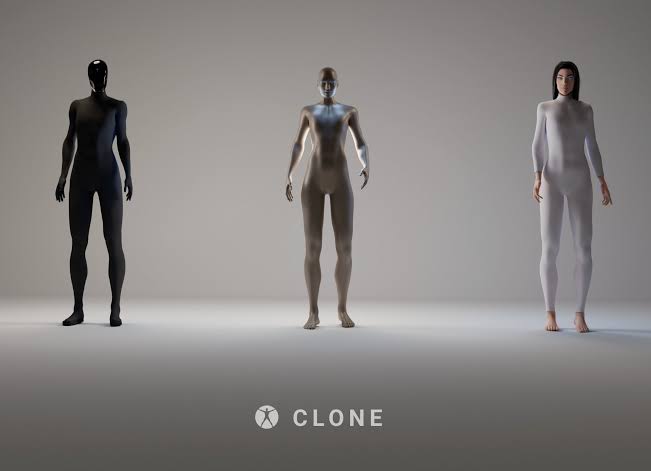
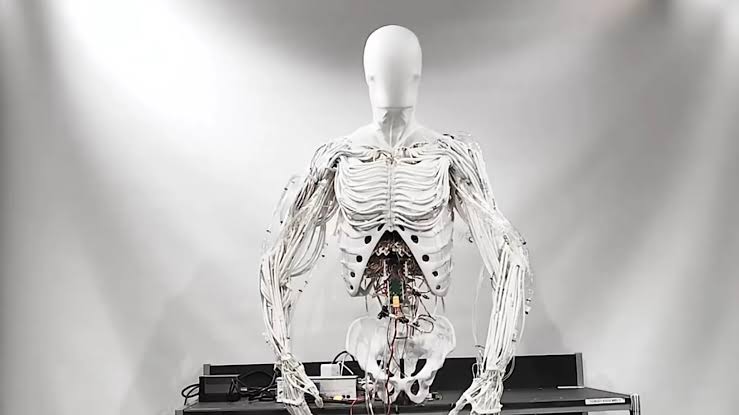
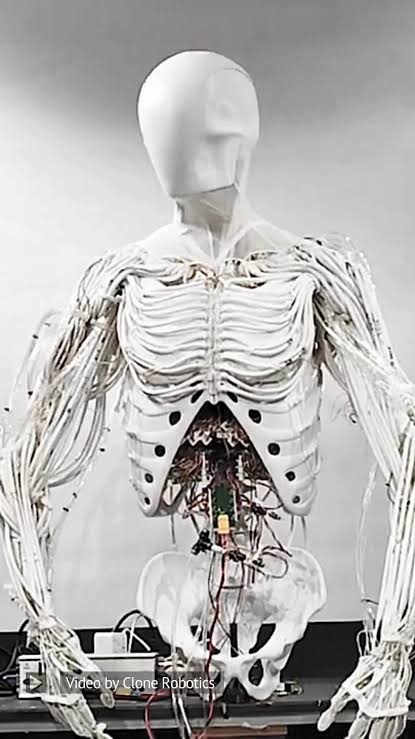
Download the medial app to read full posts, comements and news.

